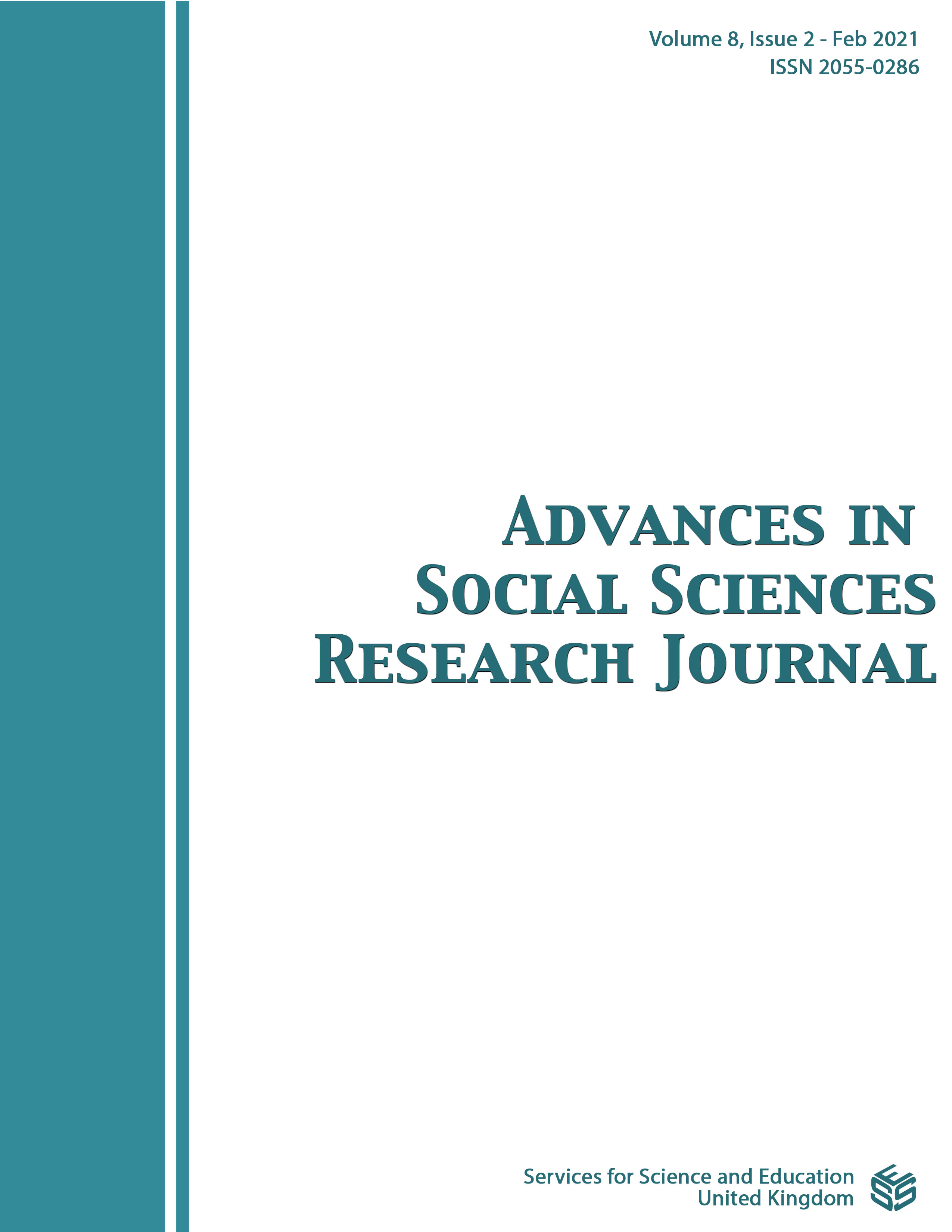Exile and homesickness in the poetry of Ahmad Shawqi
DOI:
https://doi.org/10.14738/assrj.82.9741Abstract
Ahmad Shawqi was raised in the royal palace, where his maternal grandmother – who sponsored him after the death of his mother – was a favoured maid at Khedive Ismail. Shawqi studied law in Egypt and Paris, and when he returned to Egypt, he became poet Laurette for Khedive Abbas Helmy II. Although Shawqi was brought up in the royal palace, as a poet, he felt the pulse of the Egyptian people and felt their pain and dreams. After the First World War broke out, in 1915, Shawqi was exiled to Spain where he was swept away by longing for his homeland. During his exile, the 1919 revolution erupted in Egypt, and his longing for his homeland intensified, and obsessed his heart and soul. Exile was the greatest ordeal that Shawqi went through in his life. In exile, he did not find relief except when resorting to his poetry, to which he revealed the pains of his heart. He also visited the memorials of the Muslims and their reign and civilization in Seville, Cordoba, and Granada. This resulted in Shawqi composing his lengthy poem “Arab countries and the greats of Islam”. Shawqi’s poems are considered masterpieces for their sincerity of emotion and beauty of description. Perhaps the most famous of these is The Seeniya; rhyming with the letter S, entitled “The Journey to Andalusia”, and his other longing poem, “The Nouniya; rhyming with the letter N”, in which he opposed the famous medieval Arab Andalusian poet, Ibn Zaidoun.
References
Abd ul-Majeed, A. (1982). Ahmad Shawqi Al-Sha’er Al-Insaan. Dar Al-Ma’aref, Cairo, Egypt.
Abu al-Izz, A.A. (1932). Ithna Ashar Aman fi Suḥbat Amir al-Shu’ara, (Twelve years in the company of the Prince of Poets). Al-Maktaba Al-Tijariya. Cairo. Egypt.
Al-Ashtar, Saleh. (1959). Andalusiyat Shawqi. Matbaʻat Jamiʻat Dimashq. Damascus, Syria.
AL-Houfi,A.M. (1955). Waṭanīyat Shawqī. (Patriotism in the poetry of Aḥmad Shawqi). Maktabat Nahdat Miṣr, Cairo, Egypt.
Al-Rifai, N. Y. (2020). Denshawai and Cromer in the Poetry of Ahmad Shawqi. Advances in Social Sciences Research Journal, 7(3), Pages 1–27, doi:10.14738/assrj.73.7891.
Atwy, Kh. Fawzy. (1978). Aḥmad Shawqī Amīr al-Shuʻarāʼ. Dar Sa’b. Beirut, Lebanon. Page 39.
Daif, S. (1992). Al-Adab Al-Mu’aser fi Masr. Dar Ul-Ma’aref: Cairo, Egypt.
Daif, S. H. (2010). Shawqi Sha’er Al-Asr Al-Hadith. Cairo, Egypt: Al-Hai’a Al-Masriya Al-Amma lil Kitab.
Fahmi, M.H. (1969). Ahmad Shawqi. Dar Al-Katib Al-Arabi. Cairo. Egypt.
Hawi, E. & Mandour, M. (1970). A’alam Al-She’r Al-Arabi. Beirut, Lebanon: Commercial Office for printing, publishing and distribution. Page 61.
Heikal, M.H. (1933). Dhikra al-Sha’irayn (In Memory of the Two Poets), Damascus, Syria: Al-Maktaba Al-Arabia.
Mubarak, Z. (1988). Ahmad Shawqi. Dar Al-Jeel, Beirut, Lebanon.
Sabry, M. (1979). Al-Shawqiyat Al-Majhoula (The unknown poems of Shawqi), Volume 2. (2nd ed.). Dar Al-Mayssara. Beirut, Lebanon.
Shafiq, Ahmad. (1936). Muthakaraty fi Nisf Qarn (Part two). First Edition. Matba’at Masr. Cairo. Egypt. Pages 120–124.
Shawqi, Ahmad. (1932). Aswaq Al-Dhahab (Gold Markets). Matba’at Al-Helal. Cairo. Egypt. Pages 26-35.
Shawqi, Hussein. (1946). Abi Shawqi (My Father Shawqi), Maktabat Al-Nahda, Cairo, Egypt.
Zaki, Ahmad. (1932). Dhikrayat. Apollo Literary Journal, 386. Cairo, Egypt.
Downloads
Published
How to Cite
Issue
Section
License
Authors wishing to include figures, tables, or text passages that have already been published elsewhere are required to obtain permission from the copyright owner(s) for both the print and online format and to include evidence that such permission has been granted when submitting their papers. Any material received without such evidence will be assumed to originate from the authors.






